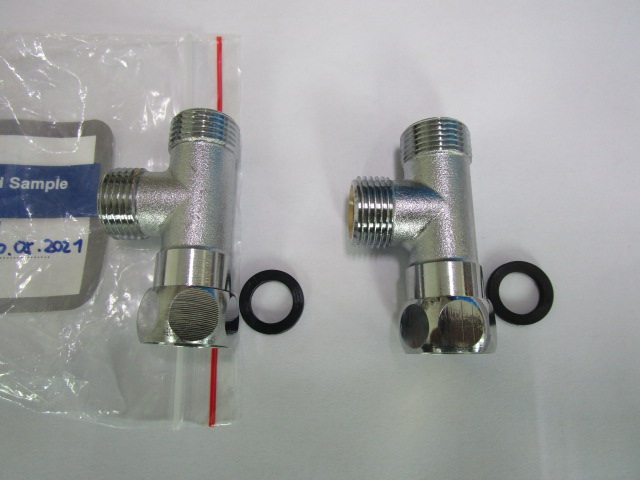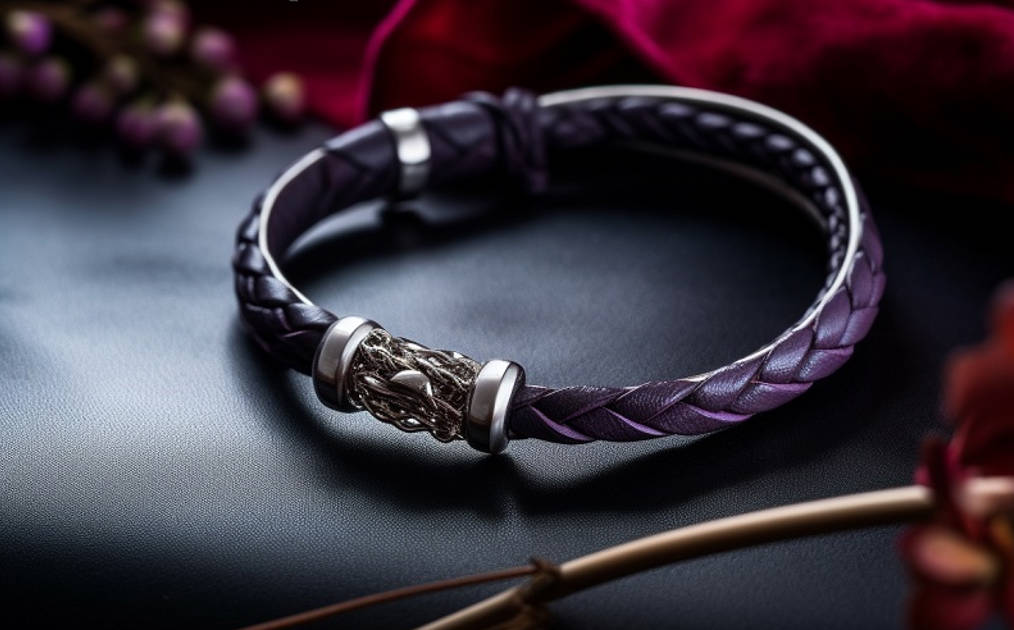
The global jewelry market is a testament to human craftsmanship and creativity. China has established itself as a prominent player in this industry, with a thriving jewelry production sector. As Chinese manufacturers continue to cater to international demands for exquisite jewelry, the need for stringent quality control measures becomes increasingly important. This is where NBNQC steps in, offering comprehensive quality inspection services for jewelry and ensuring that orders produced in China meet the required quality standards.
In this article, we will delve into the typical quality requirements for jewelry, international standards, and the meticulous inspection processes carried out by NBNQC to safeguard the quality of these products before they are shipped to customers worldwide.

Contents
Quality Requirements for Jewelry
Jewelry is not just a commodity; it is a form of art and personal expression. Customers invest in jewelry not only for its monetary value but also for the sentiment and emotions it carries. Therefore, the quality of jewelry is of utmost importance. Here are some common quality requirements for jewelry that every manufacturer and retailer should be aware of:
1.Material Quality: The quality of materials used in jewelry production is paramount. Precious metals like gold, silver, platinum, and gemstones such as diamonds, emeralds, and sapphires must meet specified purity and quality standards. Impurities or lower-grade materials can significantly impact the value and durability of the jewelry.
2.Craftsmanship: The skill and precision of the artisans crafting the jewelry play a critical role in determining its quality. Intricate designs, flawless settings, and attention to detail are essential aspects of high-quality jewelry.
3.Durability and Wearability: Jewelry should be designed and manufactured to withstand normal wear and tear. Clasps, settings, and prongs should be secure, preventing gemstones from becoming loose or falling out. Jewelry items should also be comfortable to wear for extended periods.
4.Finishing: The finishing of jewelry, including polishing and plating, should be impeccable. Any scratches, tarnishing, or inconsistencies in the surface finish can diminish the overall quality and aesthetic appeal of the piece.
5.Gemstone Quality: Gemstones are a central component of many jewelry pieces. The quality of gemstones is assessed based on factors such as color, clarity, cut, and carat weight. Any discrepancies in these factors can significantly affect the gemstone’s value and the overall quality of the jewelry.
International Standards for Jewelry Quality
To ensure consistency and establish a global benchmark for jewelry quality, several international standards organizations have developed guidelines and standards. These standards are widely recognized in the jewelry industry and help maintain consumer confidence in the quality of jewelry products. Some of the key international standards include:
1.ISO 11426: This standard specifies the terminology and classification of defects in gemstones, providing a common language for gemstone quality assessment.
2.ISO 18323: This standard outlines the terminology and classification of pearl defects, ensuring a standardized approach to evaluating pearl quality.
3.CIBJO Blue Book: The World Jewellery Confederation (CIBJO) publishes the Blue Book, which serves as a comprehensive reference for jewelry industry standards, terminology, and nomenclature.
4.ASTM International: ASTM International, formerly known as the American Society for Testing and Materials, develops and publishes standards related to the materials, testing, and quality of jewelry products.
5.Federal Trade Commission (FTC) Guidelines: In the United States, the FTC provides guidelines for the jewelry industry, including rules on disclosure of gemstone treatments and metal content.
Detailed Pre-Shipment Inspection Process for Jewelry
Pre-shipment inspection is a crucial step in the jewelry manufacturing process to ensure that the final products meet the required quality standards before they are shipped to customers worldwide. The inspection process:
1.Product Sampling
The first step in the inspection process involves selecting representative samples from the production batch. These samples should accurately represent the entire shipment, allowing inspectors to make informed judgments about overall quality.
2.Visual Inspection
Visual inspection is a fundamental part of the process. Trained inspectors meticulously examine each jewelry item for the following criteria:
- Material Quality: Inspectors verify the purity of metals used (e.g., gold, silver, platinum) and ensure they meet specified standards. Gemstones are assessed for authenticity and quality.
- Craftsmanship: The quality of craftsmanship is evaluated, focusing on intricate details, setting precision, and design accuracy. Any visible defects, such as rough edges, incomplete settings, or irregular shapes, are documented.
- Finishing: Inspectors closely examine the surface finish, checking for scratches, tarnishing, or inconsistencies in plating and polishing. Proper finishing is essential for aesthetic appeal.
- Gemstone Quality: Gemstones are assessed for color, clarity, cut, and carat weight. Any discrepancies in these factors are noted, as they can significantly impact the overall quality of the jewelry.
3.Functionality Testing
Certain types of jewelry, such as clasps, hinges, and earring backs, require functionality testing. Inspectors ensure that these components function correctly, securely fastening and releasing as intended. This step ensures the durability and wearability of the jewelry.
4.Weight and Measurement Verification
Inspectors use precision instruments to verify the weight and measurements of jewelry items, ensuring they match the specifications provided by the manufacturer. This helps maintain accuracy and consistency in the product.
5.Packaging Inspection
The packaging of jewelry items is examined to ensure it is suitable for protecting the products during transit. Inspectors confirm that jewelry pieces are adequately cushioned and that packaging materials prevent scratching or damage.
6.Labeling and Documentation Check
Inspectors review labeling and documentation, including certificates of authenticity and compliance with regulatory requirements. Accurate labeling is essential for customs clearance and customer trust.
7.Sample Testing
In some cases, gemological equipment may be used to perform sample testing on gemstones. This additional step verifies the authenticity and quality of gemstones, especially for high-value pieces.
8.Photographic Documentation
Throughout the inspection, detailed photographs are taken of each jewelry item, focusing on any defects or issues found. These photographs are included in the final inspection report for reference.
9.Comprehensive Reporting
Following the inspection, NBNQC generates a comprehensive report for the client. This report includes descriptions, photographs, and measurements of any defects or non-compliance issues identified during the inspection. Clients can use this information to make informed decisions about accepting or rejecting the shipment.
Conclusion
Jewelry is a symbol of beauty, elegance, and craftsmanship. Ensuring the quality of jewelry products is not only essential for business success but also for maintaining customer trust and satisfaction. NBNQC plays a vital role in this process by offering comprehensive quality inspection services for jewelry produced in China.
By adhering to international standards and implementing meticulous inspection processes, NBNQC helps jewelry manufacturers and retailers deliver products that meet the highest quality standards. Our commitment to quality assurance in jewelry production contributes to the continued growth and success of the global jewelry industry, allowing customers to enjoy the beauty and sentiment of their jewelry purchases with confidence.




